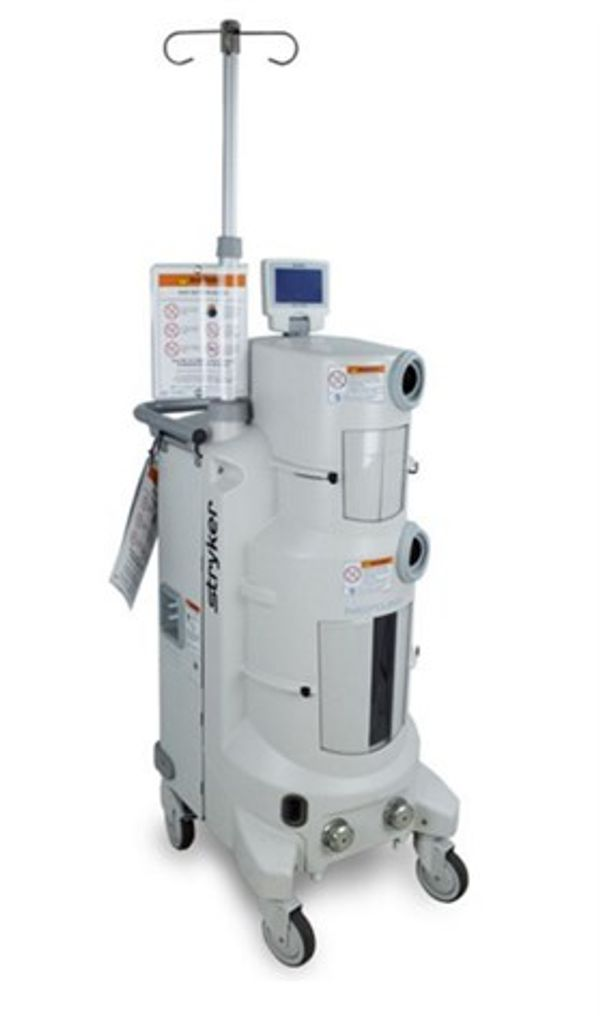I could use any amount of data anyone has about these units. Partiularly about the hot water for cleaning. Why is it limited to 110 degrees F. I need speifictions/ reasons to justify to my Plant OPS to put in a hot and cold water mixing valve. Stryker is not being to helpful of why.
NEPTUNE 2
Hello Matt,
It is possibly because of legal risk reasons that Styker does not want to disclose why. It appears that the reason is linked to the fact that many hospitals will limit their internal hot water temperature to 110 oF. This is what I encountered with one facility I worked at when these were installed. The Styker requirement was a non-issue, but I can see how this may be a concern.
I would consider the information below when reviewing the options when discussing this with Facilities managment, Safety officer and the Risk manager. From the info below, you will also see that the decision may hinge on the state codes that govern your facility.
_______________________________
CDC - MMWR - June 6, 2003 / 52(RR10);1-42. Guidelines for Environmental Infection Control in Health-Care Facilities; Recommendations of CDC and the Healthcare Infection Control Practices Advisory Committee (HICPAC)
II. Routine Prevention of Waterborne Microbial Contamination Within the Distribution System
A. Maintain hot water temperature at the return at the highest temperature allowable by state regulations or codes, preferably >124ºF (>51ºC), and maintain cold water temperature at <68ºF (<20ºC) (27,153). Category IC (States; ASHRAE: 12:2000)
B. If the hot water temperature can be maintained at >124ºF (>51ºC), explore engineering options (e.g., installing preset thermostatic valves in point-of-use fixtures) to help minimize the risk of scalding (153). Category II
C. When state regulations or codes do not allow hot water temperatures above the range of 105ºF--120ºF (40.6ºC--49ºC) for hospitals or 95ºF--110ºF (35ºC--43.3ºC) for nursing care facilities or when buildings cannot be retrofitted for thermostatic mixing valves, follow either of these alternative preventive measures to minimize the growth of Legionella spp. in water systems. Category II
_______________________________
Two authoritative references on the subject of heat and its effects on human tissue. The values below are from the NIST and ABA websites. I would like to know what the other facilities have done about this issue or if anyone has a better reference.
oC oF Response
37 98.6 Normal human oral/body temperature
44 111 Human skin begins to feel pain
48 118 Human skin receives a first degree burn injury
55 131 Human skin receives a second degree burn injury
62 140 A phase where burned human tissue becomes numb
72 162 Human skin is instantly destroyed
Reference: http://www.nist.gov/fire/fire_behavior.cfm
The American Burn Association provides these helpful values.
Temperature and Time Relationship for a Third Degree Burn to Occur
oC oF Response
68 155 1 second
64 148 2 seconds
60 140 5 seconds
56 133 15 seconds
52 127 1 minute
51 124 3 minutes
48 120 5 minutes
37 100 Safe temperature for bathing
Report Post


